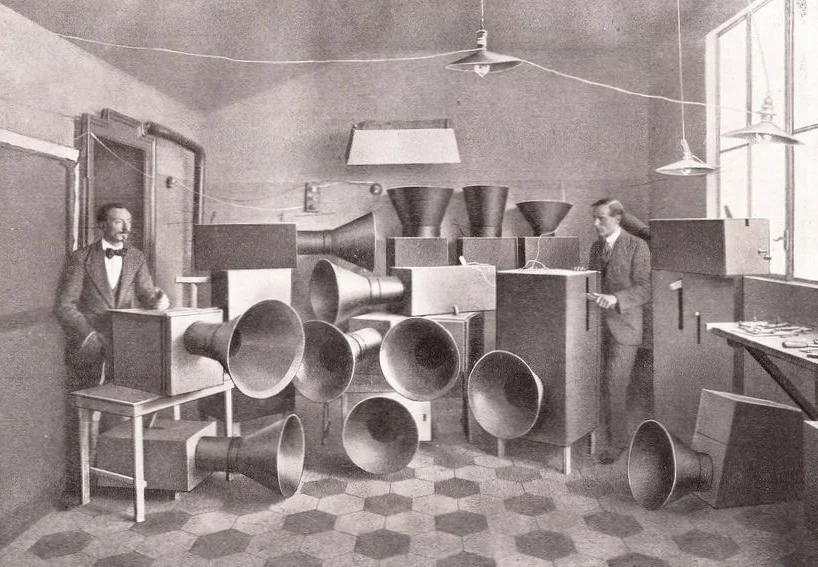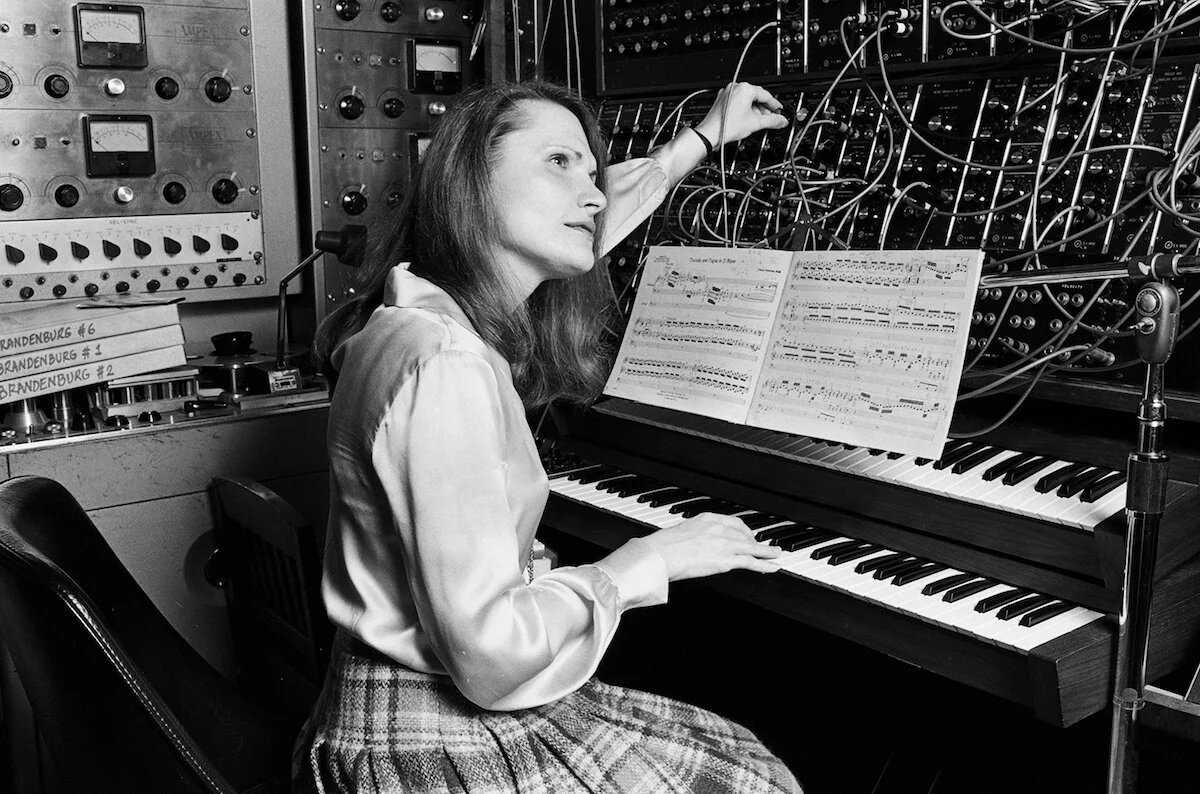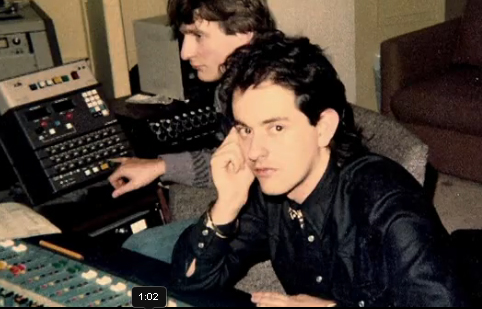By The Landlord
"Be not afeard. The isle is full of noises,
Sounds, and sweet airs that give delight and hurt not.
Sometimes a thousand twangling instruments
Will hum about mine ears." – Shakespeare, The Tempest
"What is music but organised noises?" – Edgar Varèse, 1883 – 1965
In 1913, Luigi Carlo Filippo Russolo, Italian Futurist painter, composer, and builder of experimental musical instruments, wrote a letter to his Futurist composer friend Francesco Balilla Pratella. In it he argued that the human ear has evolved in this new century. It has become accustomed to the speed, energy, and noise of the urban industrial soundscape, and that music should adapt and be compatible to this. It became known as a manifesto called The Art of Noises (L'arte dei Rumori) in which Futurist musicians should "substitute for the limited variety of timbres that the orchestra possesses today the infinite variety of timbres in noises, reproduced with appropriate mechanisms." With that Russolo set in motion an idea that has been massively influential on so much of the music we hear ever since, and this is the foundation of what we now call electronic music.
Russolo didn't make electronic sounds, but he did build basic noise-generating instruments called Intonarumori, crazy-looking acoustic contraptions that variously comprised drums, wheels, string, horns, funnels, handles and more, but his aim was to get away from conventional classical sounds.
Let's make some noise for Luigi Russolo
But a change of perception was not only happening in music. It was very much in all forms of creativity, as shown by this 1918 painting by Fernand Léger (1881-1955), Nature morte aux éléments mécaniques.
Sounds of a new century: Fernand Léger 's 1918 work, Nature morte aux éléments mécaniques
And with that stirred a movement that grew throughout the 20th century and beyond, developing with technology and a search for new worlds of noise – whirrs, hums, squeaks, squelches, bangs, crashes, buzzes and warbles. So this week, we are exploring the genre of electronica, while a very vast topic in itself and integral in so much music, our focus is very much more on "old-school" - music that was created before the standardisation of MIDI Specification 1.0 in 1983, after which synthesizers became infinitely more sophisticated, and digital sampling was becoming hard to distinguish from actual instruments. Well, you have to have a cut-off point somewhere.
So this week's topic of electronic music and songs is all about works dominated by older electronic instruments stretching the early 20th-century Telharmonium which synthesized the sound of orchestral instruments to the flowering of many electronic genres in the early 1980s.
But what sounds were emanating from this music? In fact Russolo outlined six families of noise to play with:
Roars, thunderings, explosions, hissing. roars, bangs and booms.
Whistling, hissing, puffing.
Whispers, murmurs, mumbling, muttering, gurgling.
Screeching, creaking, rustling, buzzing, crackling, scraping.
Noises obtained by beating on metals, woods, skins, stones, pottery, and more.
Voices of animals and people: shouts, screams, shrieks, wails, hoots, howls, death rattles, sobs.
That's a pretty noisy suite of sounds, and rather wonderfully summarises those which electronic music serves up, often backed by the regular beats of bangs and booms, creating all of these artificially.
Vacuum tubes - used in music since the 1920s.
So, aside from those more obvious 1970s and early 80s hits, where did all of this come from and who are the pioneers? Your nominations might also include classical 1920s or 30s composers such as Joseph Schillinger, works featuring the vacuum tube, or more playable theremin, ondes Martenot and trautonium which became commercially produced by the early 1930s. The theremin has remained popular instrument ever since.
Clara Rockmore, theremin virtuoso of the 1920s
Maybe you'll fancy a bit of Egyptian and French Musique concrète from the 1940s which used electroacoustic tape. Egyptian composer Halim El-Dabh, in Cairo used a cumbersome wire recorderto record sounds of an ancient zaar ceremony, then processed it with reverberation, echo, voltage controls, and re-recording to create The Expression of Zaar and it was presented in 1944 at an art gallery event in Cairo. An incredibly strange and early piece of electronica:
Then there's John Cage in the US, or in France Pierre Schaeffer, who in that same decade used a disk-cutting lathe, four turntables, a four-channel mixer, filters, an echo chamber, and a mobile recording unit, and later, using magnetic tape machines, were explored sound manipulation with speed variation (pitch shift) and tape splicing.
The French composer Edgar Varèse is seen as a key inspiration for electronic composers, as is Karlheinz Stockhausen for German Elektronische Musik, highly influential on students at Robert Schumann Hochschule Düsseldorf, Florian Schneider and Ralf Hütter who later of course formed Kraftwerk and the Kling Klang studio. Werner Meyer-Eppler, Robert Beyer, and Herbert Eimert were also true pioneers: they conceived the idea to synthesize music entirely from electronically produced signals from generators. For many, this is really when electronic music began.
At the same time this was also happening in Japan in the 1940s and 50s. The avant-garde collective Jikken Kōbō (Experimental Workshop), founded in 1950 were given new equipment by Sony and made tape pieces such as "Toraware no Onna" ("Imprisoned Woman") and "Piece B", composed in 1951 by Kuniharu Akiyama.
Meanwhile musical notes were first generated by a computer programmed by the great code-cracker Alan Turing at the Computing Machine Laboratory of the University of Manchester in 1948. A performance of the British National Anthem was programmed by Christopher Strachey on the Mark II Manchester Electronic Computer there in 1951. So Manchester as at it long before Joy Division and New Order in the late 70s and early 80s.
Alan Turing tuning up in Manchester
And then from the 1960s things expanded all over the world Your choices are wide from experimental music of the BBC Radiophonic Workshop to, in the US, Milton Babbitt's Composition for Synthesizer (1961). In Japan, Ikutaro Kakehashi, who founded Ace Tone in 1960, invented the first electronic drum and in 1967 he patented a preset rhythm-pattern generator using diode matrix circuit, which he released as the FR-1 Rhythm Ace drum machine with 16 preset patterns, and four buttons to manually play each instrument sound (cymbal, claves, cowbell and bass drum). Primitive by today's standards but a massive step in music, and he later developed the Roland TR-808.
Wendy Carlos, working with Robert Moog, was another key pioneer, and among its most fascinating as also an icon of gender transition. Among her many works alongside film soundtracks, is 1968’s reinterpretation of JS Bach using analogue synthesis, Switch-On Bach, became a huge and also controversial hit.
Wendy Carlos
Jamaican ambient dub could even be seen as a new form of electronic music, using studio and live music manipulation and tape-based composition that echoes the techniques of musique concrète.
And then more familiar territory continues to emerge in the late 60s and 70s experimental, ambient, synth-based krautrock (which led to Kraftwerk), Japanese and American space music, with artists using the Moog and mini-Moog, Korg and EMS Synthi 100 in Germany.
Plugged in. Keith Emerson in the early 1970s.
Your musical explorations will hopefully dust off lots of lovely old machinery used in places such as Sheffield to the Japanese chiptune scene, also known as chip music or 8-bit music, using programmable sound generator (PSG) sound chips used in vintage computers, consoles, and arcade machines.
Then there's this obscure band, of course, four rather stiff-looking fellows from Düsseldorf, as seen on the BBC programme Tomorrow's World in 1975:
Dance, synth-pop, industrial new wave and more, examples are numerous, but we have to draw the line at some point. And so, with producer Trevor Horn helping push the boundaries with his ZTT label, using the Fairlight CMI sampler, and alongside Gary Langan and programmer JJ Jeczalik, Anne Dudley and Paul Morley, came The Art of Noise, founded in 1983 neatly marks a 70-year movement sparked and inspired by Luigi Russolo.
Where? Martyn Ware, Sheffield, c 1980.
So then, it's time to press your keys, twiddle your knobs and slide those switches. Sitting behind the huge keyboard and processor and making a masterful mix of all your old-school electronic music is that marvellous magician of massive topics - magicman! Place your nominations in the boxes below for deadline 11pm UK time on Monday, for playlists on published on Wednesday. Let's make some noise.
New to comment? It is quick and easy. You just need to login to Disqus once. All is explained in About/FAQs ...
Fancy a turn behind the pumps at The Song Bar? Care to choose a playlist from songs nominated and write something about it? Then feel free to contact The Song Bar here, or try the usual email address.









